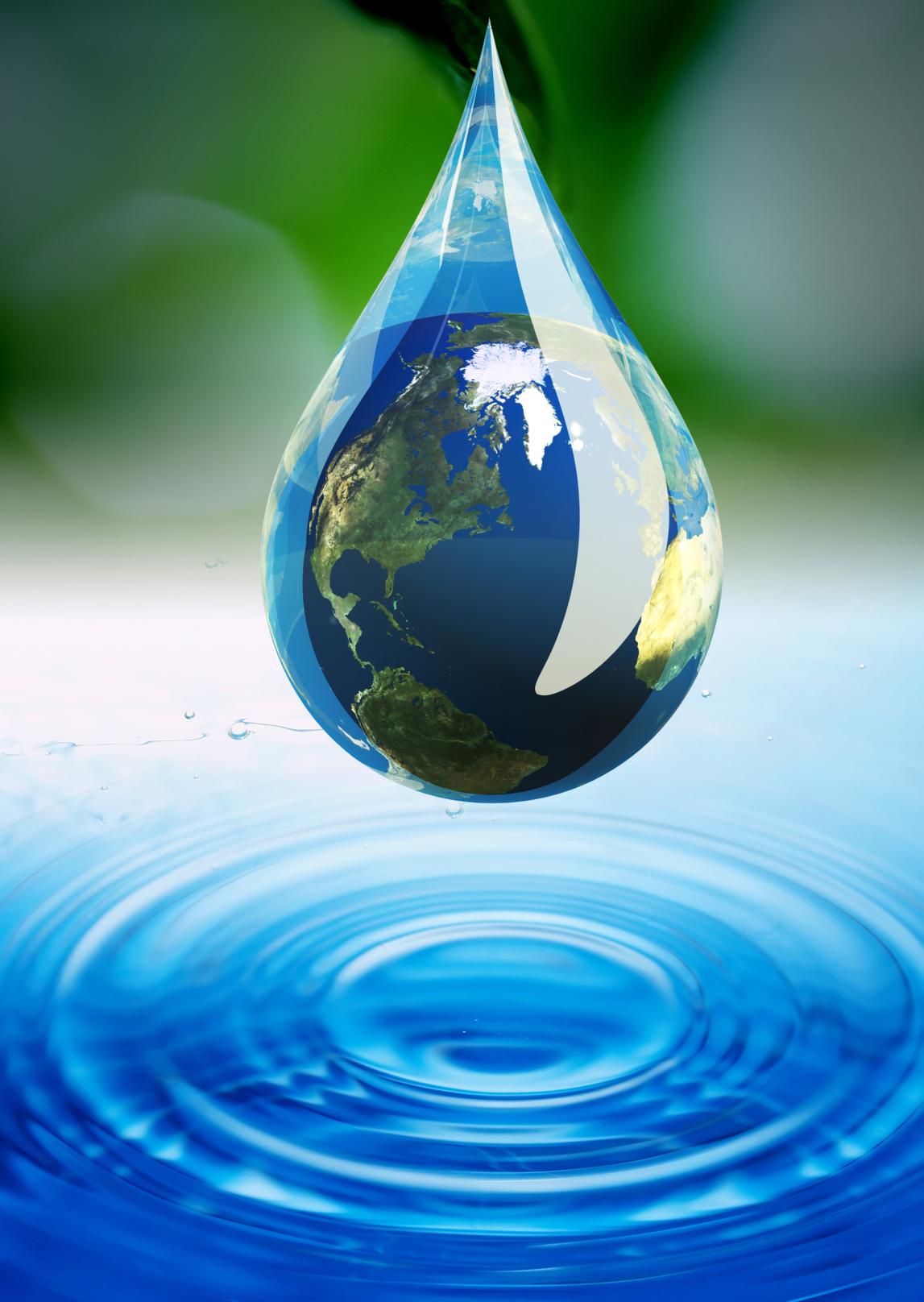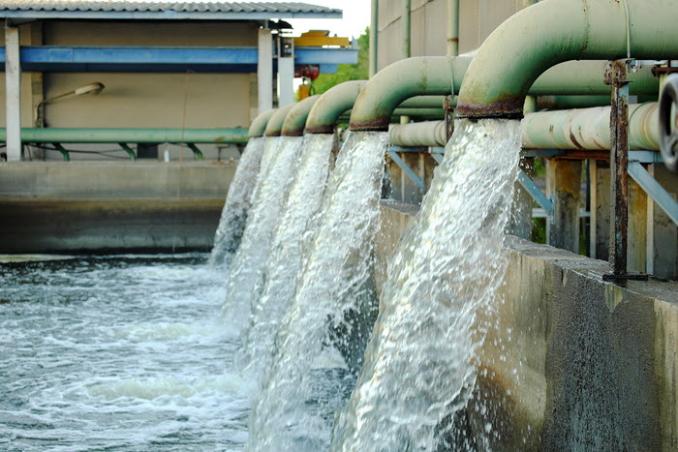How Can Satellite Data Help Us Better Understand Water Resources?
Water is a vital resource for life on Earth, and it is essential for human survival and economic development. However, water resources are facing increasing pressure from population growth, climate change, and pollution. As a result, there is a need for better management of water resources to ensure their sustainability.

Satellite data can play a crucial role in helping us better understand water resources and improve their management. Satellite data provides valuable information about the Earth's surface, including water bodies, vegetation, and land use. This information can be used to monitor water resources, assess their condition, and identify areas where they are under stress.
Satellite Data For Water Resources Monitoring
There are a variety of satellite data that can be used for water resources monitoring. These data include:
- Optical imagery: Optical imagery, such as that collected by the Landsat and Sentinel-2 satellites, provides information about the Earth's surface in visible and infrared wavelengths. This data can be used to delineate water bodies, estimate water surface area and volume, and monitor water quality parameters such as turbidity and chlorophyll-a.
- Radar imagery: Radar imagery, such as that collected by the Sentinel-1 and ALOS-2 satellites, provides information about the Earth's surface in microwave wavelengths. This data can be used to monitor water bodies, estimate water surface area and volume, and measure water surface elevation. Radar imagery can also be used to penetrate clouds and vegetation, making it useful for monitoring water resources in areas that are difficult to access with optical imagery.
- Thermal imagery: Thermal imagery, such as that collected by the Landsat and Sentinel-3 satellites, provides information about the Earth's surface temperature. This data can be used to monitor water temperature, identify areas of thermal pollution, and estimate evapotranspiration.
- LiDAR data: LiDAR (Light Detection and Ranging) data, such as that collected by the ICESat-2 and GEDI satellites, provides information about the Earth's surface elevation. This data can be used to create topographic maps, measure water depth, and monitor changes in water storage.
Satellite data is acquired by sensors on satellites that orbit the Earth. The data is then processed to remove noise and errors, and to calibrate it to known standards. The processed data is then made available to users through online platforms or data centers.
Applications Of Satellite Data In Water Resources Management

Satellite data has a wide range of applications in water resources management. These applications include:
Surface Water Monitoring:
- Delineating water bodies: lakes, rivers, reservoirs, etc.
- Estimating water surface area and volume.
- Monitoring water quality parameters (turbidity, chlorophyll-a, etc.).
Groundwater Monitoring:
- Estimating groundwater storage changes.
- Identifying potential groundwater recharge and discharge zones.
- Monitoring groundwater quality.
Water Use And Demand:
- Mapping irrigated areas and estimating crop water consumption.
- Monitoring urban water use and demand.
- Identifying areas of water stress and scarcity.
Flood And Drought Monitoring:
- Flood inundation mapping and damage assessment.
- Drought severity assessment and monitoring.
- Forecasting flood and drought events.
Satellite data can also be used to support water resources planning and decision-making. For example, satellite data can be used to identify areas where new water infrastructure is needed, to develop water conservation strategies, and to manage water resources in a sustainable manner.
Benefits And Challenges Of Using Satellite Data
Benefits:
- Provides synoptic and repetitive coverage.
- Enables monitoring of large areas at a low cost.
- Offers valuable information for water resources management.
Challenges:
- Cloud cover and atmospheric interference.
- Data resolution and accuracy limitations.
- Need for specialized knowledge and expertise.

Satellite data is a valuable tool for water resources monitoring and management. Satellite data can provide information about water bodies, vegetation, and land use, which can be used to assess the condition of water resources and identify areas where they are under stress. Satellite data can also be used to support water resources planning and decision-making. However, there are also challenges associated with the use of satellite data, such as cloud cover and atmospheric interference, data resolution and accuracy limitations, and the need for specialized knowledge and expertise.
Despite these challenges, satellite data is a powerful tool that can help us better understand water resources and improve their management. As satellite technology continues to advance, we can expect to see even more applications of satellite data in water resources management in the future.
YesNo

Leave a Reply